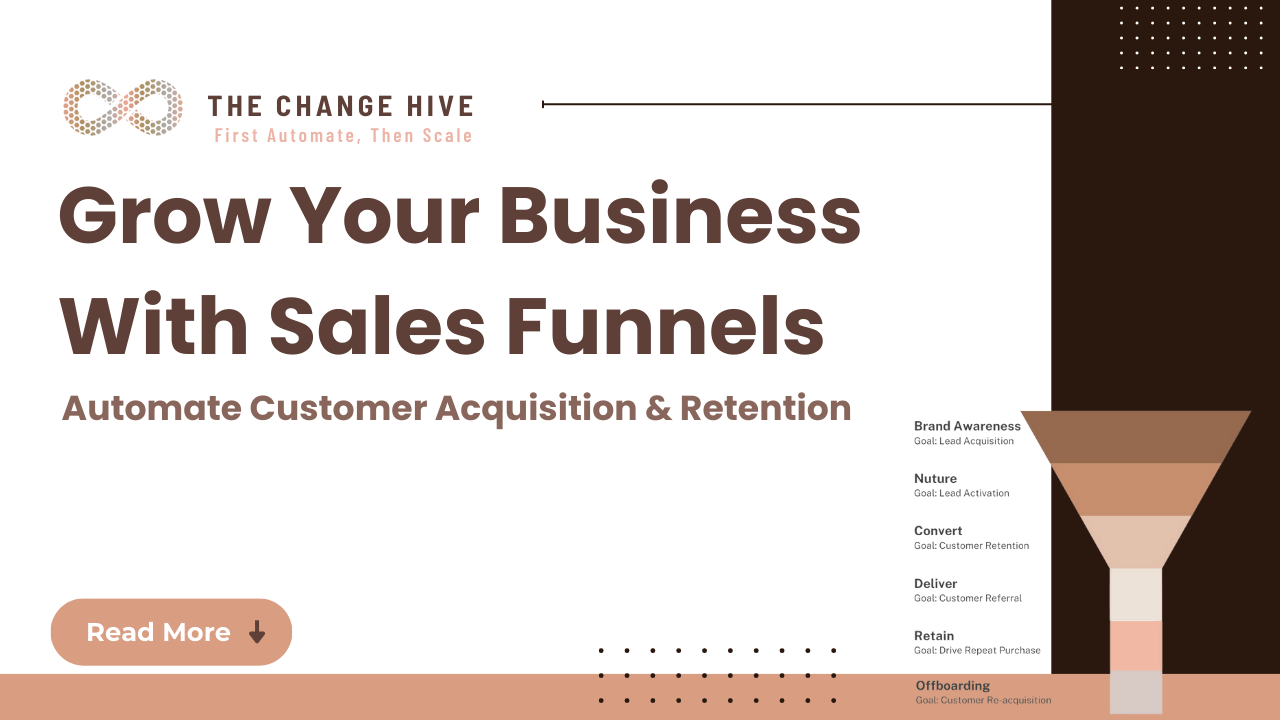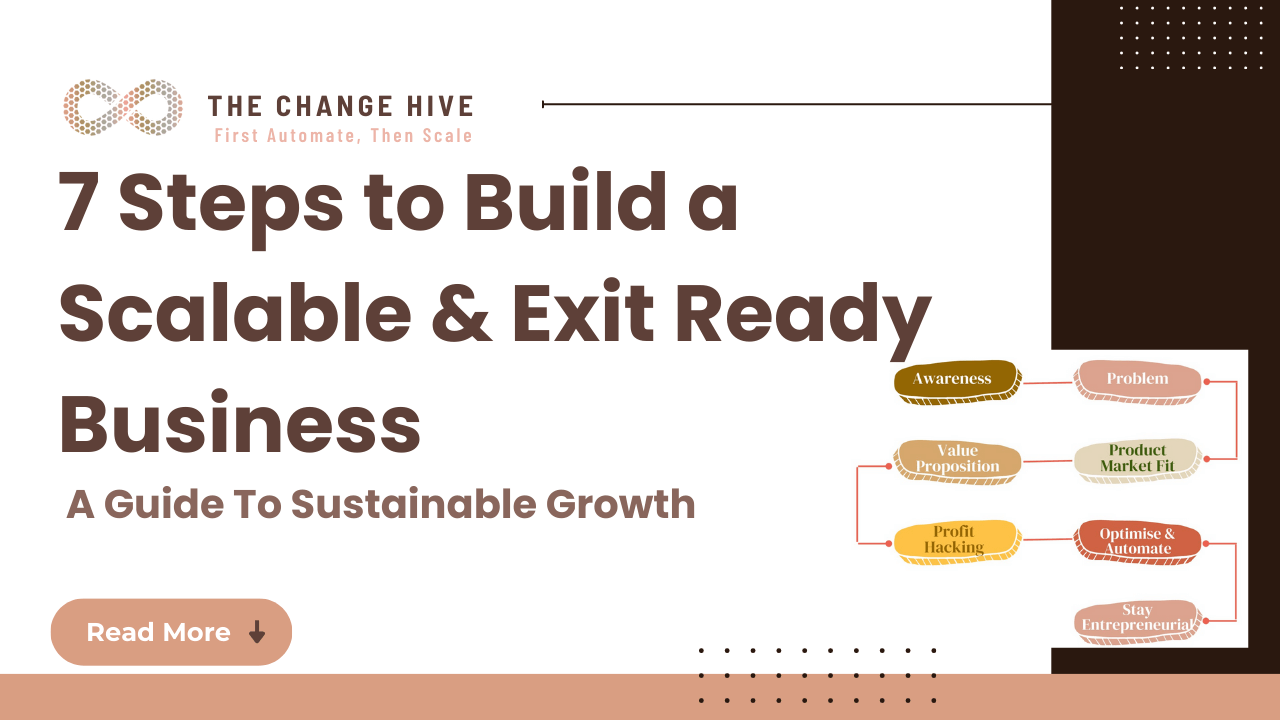There is a new-ish concept in the growth & transformation space.
It is called “Product-Led Growth”, PLG.
PLG allows users to experience the product’s value in the shortest time possible for free – such that it sells itself.
Product-Led Growth is in contrast to Sales-Led Growth.
With PLG, growth happens predominantly because the user finds value in the product and wants more.
Here is how PLG takes to freemium or other growth models (e.g. AARRR) to the next level…
- PLG is hyper-focused on reducing the time to value for the customer.
- It identifies the mission-critical steps for the product’s onboarding & set-up. Then it eliminates or delays any extra efforts.
- PLG encourages streamlining user acquisition and activation by using “just-in-time” self-guided instructions (e.g. product tours, checklists and tooltips).
- It places particular focus on “just-in-time”. You want to give the user just enough information for the next step and no more.
How PLG Works:
- The user uses the product for free.
- They get value from the product as soon as possible.
- They are encouraged to pay for the product to unlock even more (premium) value.
- With goodwill in the system, users will likely recommend the product to their friends, increasing the chances of virality.
As Elena Verna, a PLG expert, explained:
PLG needs three conditions to be in place to work:
- Motivation: The product solves a problem that the target users are eager to solve and actively looking for solutions to.
- Ability: The user can self-signup and self-onboard with little to no friction.
- Permission: The user can start getting value without requiring additional approval, or if required (e.g. KYC checks for many #fintechs), the approval happens quickly.
PLG Success Stories:
Elena Verna gives the example of Slack’s go-to-market with PLG principles and how this enabled them to capture significant market share.
And this is despite Microsoft’s unfair distribution channel advantage with Teams.
Another example that comes to mind is Jira Work Management dominance disrupted by new entrants (e.g. Asana, monday.com, Trello etc.) leveraging PLG.
But, What are the Downsides of PLG?
It can be a slower path to monetisation.
On average, users may not upgrade to paid package for 12-18 months.
The recommended way to reduce this period is “Monetisation Awareness”.
Ensure it is clear to the user the additional premium functionality that would be available once they upgrade.
An example is Canva’s little crown icons next to premium elements or features.
In Summary:
- PLG is a customer-centric approach to growth.
- It aligns with growing market expectations (both in B2C and B2B) to be able to try the product/ service before buying. PLG encourages friction-free user acquisition, onboarding, activation & sales.
- It reduces the cost of sales and marketing.
- PLG encourages virality through word-of-mouth.
If you haven’t already, find ways to incorporate PLG principles into your product and customer journey.
Not just for growth alone but as a means to foster a better customer experience by reducing friction.
Have you tried PLG? What was your experience?
#fintech #saas #growth #digitaltransformation #marketingautomation #productledgrowth





